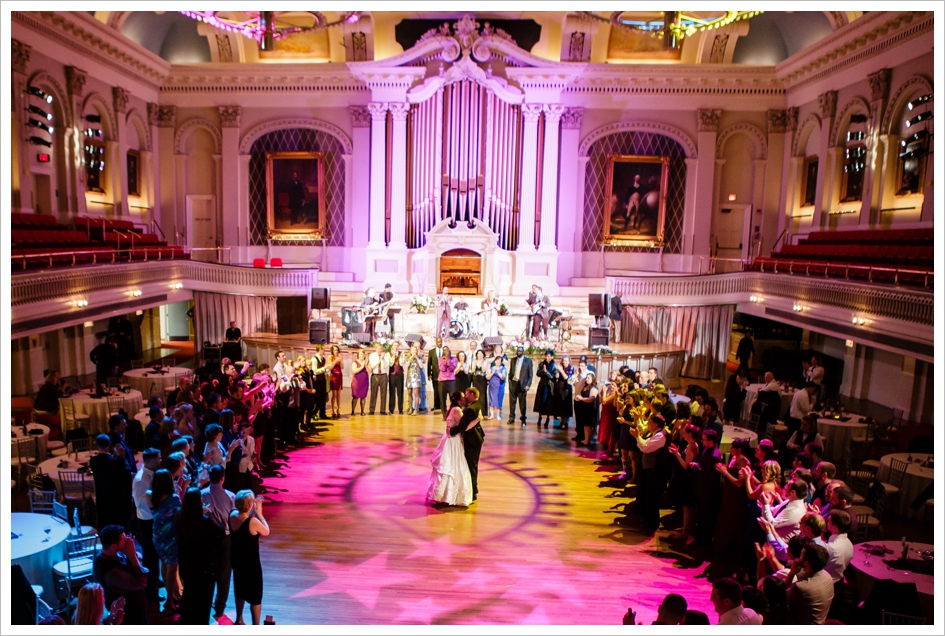No one ever tells you exactly how difficult planning a public event can be. I’ve seen so many amazing events take place on the streets of Worcester, and I’ve witnessed the ways in which the organizers make it look so effortless – it makes you think that anyone could do it. As if, once an event is announced, eager participants flock to your web page and beg to somehow be apart of the magic that you are about to create.
(Spoiler alert: they don’t)
One thing that you should know about me, is that I don’t give up very easily. I’m persistent as fuck, and I’ll bang my head against a wall trying to make something work until the wall politely steps to the side and apologizes for getting in my way. That’s just how I roll.
I also believe in dreaming big and scaling back later. When my husband and I were planning our wedding on a tight (and I mean TIGHT) budget, he suggested finding a local hotel that had a modest all-inclusive price or going a more #DIY route in his mum’s backyard. I insisted on renting Mechanics Hall. It is a historic concert hall that plays hosts to musicians from all over the world – and has a massive organ within its architecture.
Do you like visuals? I know I do – this is what a Mechanics Hall Wedding looks like:
You know what else that looks like? It looks like the epitome of “not in my budget”.
You know where we ended up having it? That’s right – Mechanics Hall. We crunched the numbers multiple times, and the fanciest place in the city ended up being the cheapest. A reminder that the answer is always ‘no’ until you ask.
So yeah – event planning. When we started planning Make Music Worcester, I insisted on putting together the finale show. It was the only performance that we would have funding to pay the musicians with and I like spending money that doesn’t come from my checking account.
The event was going to be on The City Hall Common, right after the offices in the area let out for the day, and I wanted it to be loud and energetic and fun. So I put out a call for musicians to apply and expected to uncover the next great band. Whoever they were…they were someday, going to thank me for jump starting their international career back on that fateful June night.
I got this instead:
Not exactly my idea of a rockin’ good night.
I did the next logical thing – I emailed my favorite musician Mike Viola out in L.A.
Mike might be best known for writing and singing the songs in the Tom Hanks MASTERPIECE ‘That Thing You Do’ – you know, this one: (skip ahead to about a minute into the video)
But, if that is the ONLY time you have ever heard him, you are missing out. Mike was playing a show in Boston the next night, so it seemed like a great way to avoid paying for his plane. Unfortunately, the venue he was going to playing at had a clause in their contract that didn’t allow them to play any shows within a certain number of days and miles. I knew that banging my head up against this wall was only going to lead to a concussion.
After bragging that I could rope in a Grammy nominated artist to play our little event, and failing to pull through, the co-organizers wanted to start contacting the bands that ACTUALLY applied.
That wasn’t good enough for me so I decided to scale back – I contacted a local band that I had seen a few years earlier that I still listened to a bit. They were a big deal in Boston – hand picked by Coldplay to open for them at the TD Garden, won the WBCN Royal Rumble, and slightly out of my reach. Here is our conversation:
Fucking airfare.
I let it go and resigned myself to the idea that my rockin’ evening concert was going to have to feature a tin whistle and cello. Dejected, despondent, and suffering from a mild headache, I got a message from the lead singer the next day asking how much we could pay, you know, if he could somehow make it out here. I tell him $100 per person in the band and then wait another 24 hours for a response. His response is:
Should I buy my plane ticket or wait?
I’ll never be sure how $100 made it worth the effort for this guy to fly 3,000 miles for a 45 minute set, but life is more fun with a bit of mystery. More importantly, I got to take a deep sigh of relief as that wall politely moved the hell out of my way and let me continue getting things done.
And just for fun, here they are performing in June:








